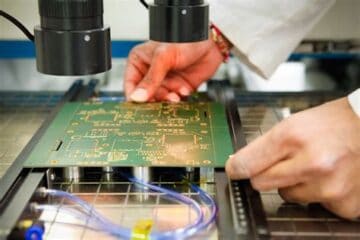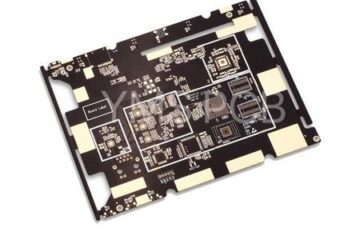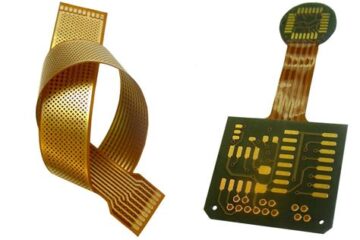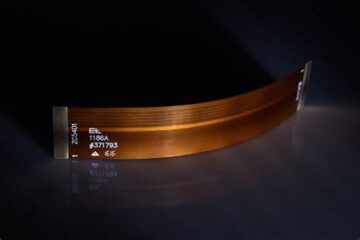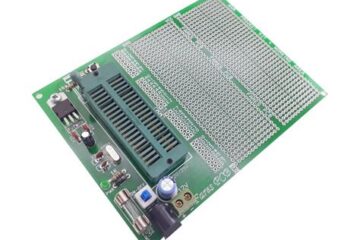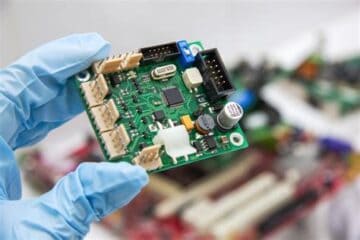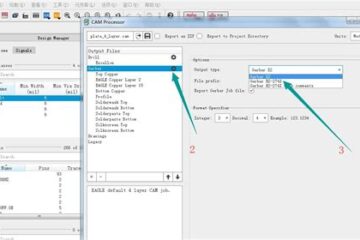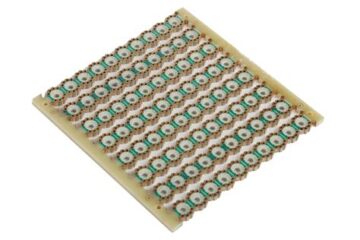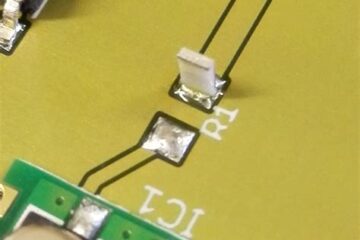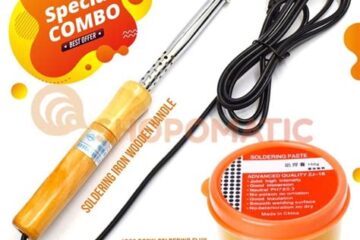PCBA
How Technology Is Rolling Up Its Sleeves for PCB Fabrication Approaches On RF and Microwave Performance?
Introduction to PCB Fabrication and Its Importance in RF and Microwave Applications Printed Circuit Board (PCB) fabrication is a crucial process in the electronics industry, especially when it comes to RF (Radio Frequency) and microwave applications. PCBs are the backbone of modern electronic devices, providing a platform for components to be mounted and interconnected. In the realm of RF and microwave technology, PCB fabrication plays a vital role in ensuring optimal performance, reliability, and manufacturability Read more…
